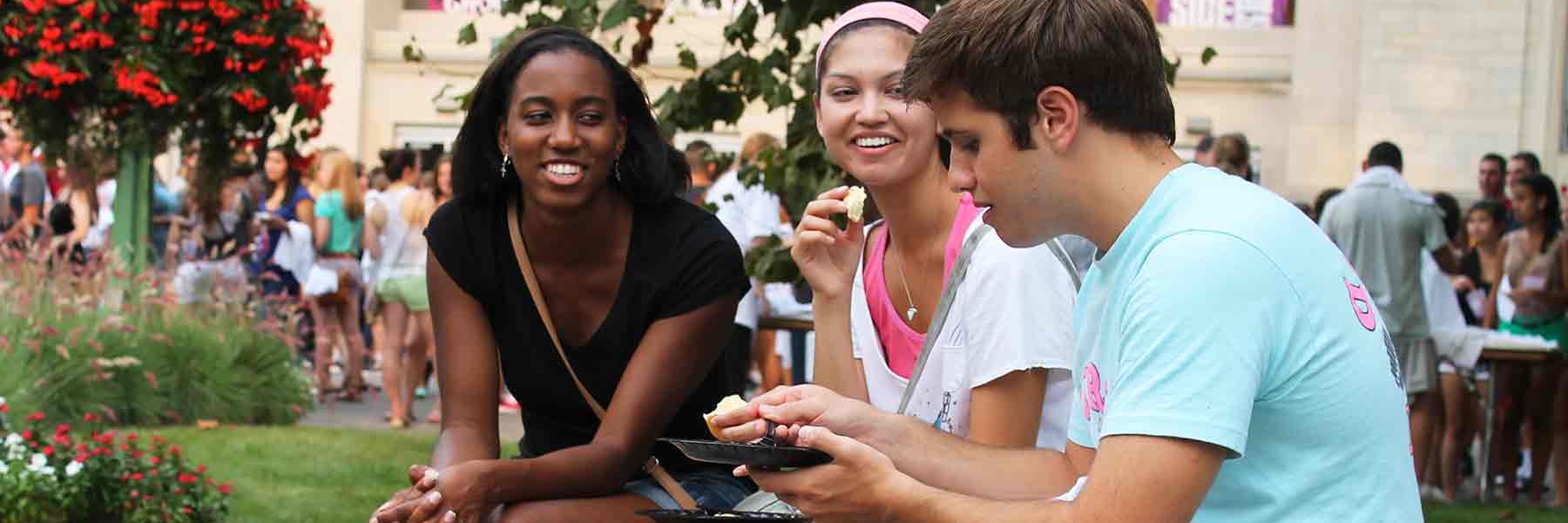Data. Big Data. Data Mining. Business Analytics. Data Science. Data are everywhere, and we’re constantly bombarded with phrases that remind us how much our society depends on drawing conclusions from data.
“Without data you’re just another person with an opinion,” quipped W. Edwards Deming, the famous statistician who co-developed statistical process control and was often credited for the Japanese economic miracle of the 1950s. But data rarely speak for themselves. The power of data often lies in subtle patterns that are not easily detected by casual inspection. Furthermore, complex data sets often contain accidental patterns that can easily lead to erroneous conclusions. It is not easy to extract a functional brain network from an fMRI scan, nor is it easy to determine if the functional brain networks of cannabis users differ from the functional brain networks of nonusers. Doing so requires highly sophisticated statistical methodology.
Statistics is the science of drawing appropriate conclusions from data. Statistics emerged as a discipline nearly a century ago and has since developed theoretical principles and a wide variety of methods for drawing various types of conclusions from various types of data. Statistics, together with computer science, provides the theoretical foundations that put the science in data science. Statistics is what makes business analytics possible.
Statistics is a mathematical discipline that often appeals to students who enjoy applying mathematics to real-world problems. Students who study statistics learn to think critically about data, about the experiments that produce data, and about the methods used to extract information from data. Our curriculum includes both applied courses, dedicated to practical methods for exploring and analyzing data, and theoretical courses, dedicated to the fundamental principles that underlie statistical methodology.
Students usually first encounter statistics in an introductory course, possibly an AP Statistics course in high school, or perhaps a course like STAT-S 301 (Applied Statistical Methods for Business), STAT-S 303 (Applied Statistical Methods for the Life Sciences), or PSY-K 300 (Statistical Techniques). Students who would like to learn more about statistics may want to consider minoring—or even majoring—in statistics.
The statistics minor was added in 2019 and requires at least 15 credit hours. For more information, please contact our Director of Undergraduate Studies.
The statistics major is currently under revision. It is being redesigned to accommodate two types of students: (1) practically inclined students who intend to follow a BS in Statistics with a job that involves data analysis, or (2) theoretically inclined students who intend to follow a BS in Statistics with graduate study in statistics or a related discipline. Again, please contact our Director of Undergraduate Studies for more information.
Whether at the BS, MS, or PhD, level, the job prospects for students trained in statistics are excellent. In 2009, Google CEO Hal Varian famously described “statistician" as “the sexy job in the next ten years,” and the demand for statisticians and data scientists continues to grow. More recently. the U.S. Bureau of Labor Statistics stated that “Employment of statisticians is projected to grow 34 percent from 2014 to 2024, much faster than the average for all occupations. Growth is expected to result from more widespread use of statistical analysis to make informed business, healthcare, and policy decisions."



